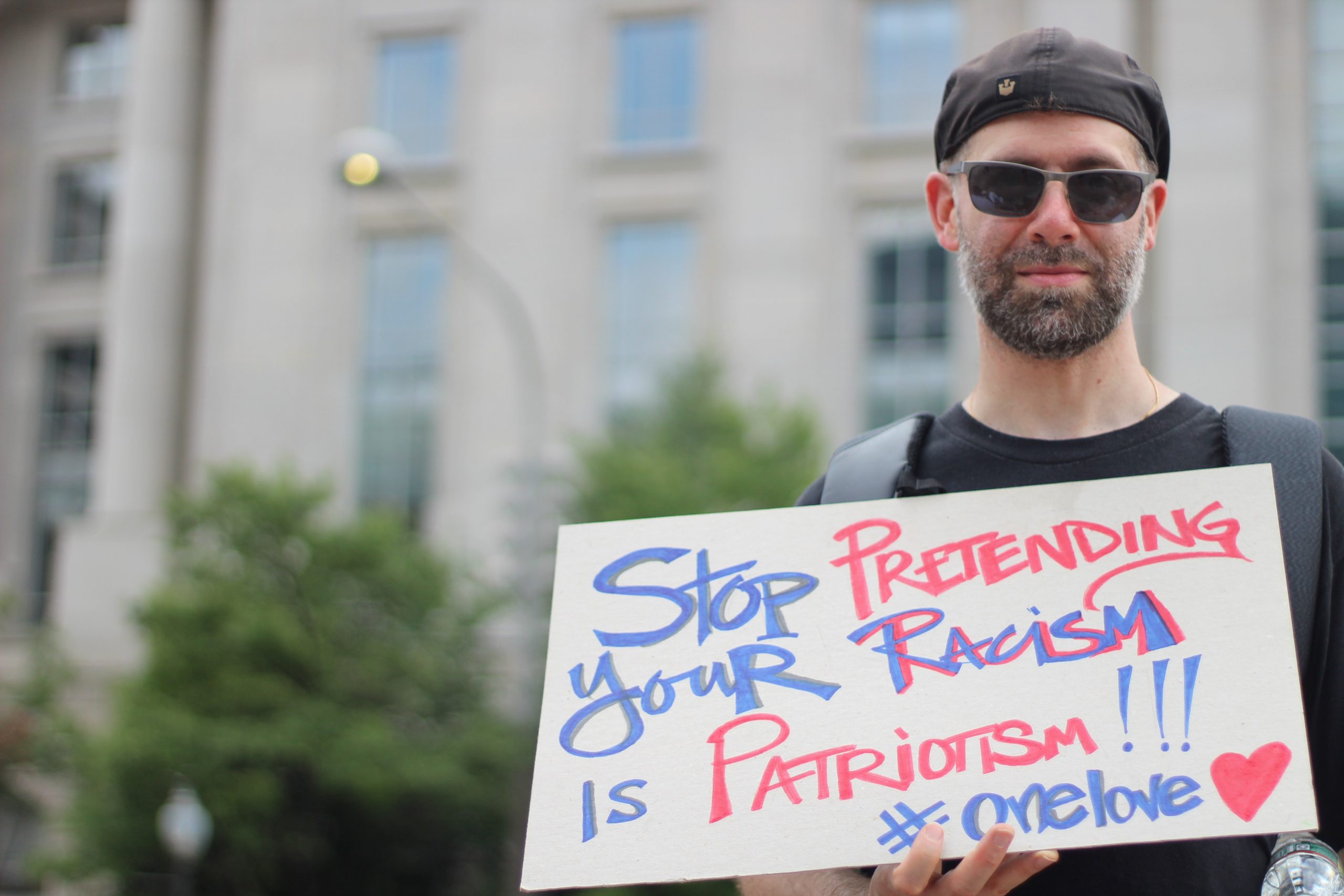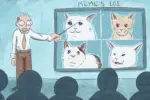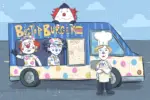YouTube is the 21st century’s greatest gift and greatest curse. The unlimited platform allows millions of creators to produce billions of videos, each one an opportunity for fame. For the viewer, it is a hub for entertainment and information. However, this access is a double-edged sword, as malicious content hides within the site’s margins. Much of YouTube’s audience is children who have impressionable minds that are vulnerable to the toxic ideology within such content.
The alt-right pipeline preys on these young minds. The pipeline refers to the radicalization of YouTube users, specifically young males, through a progression of video content. This content starts innocuous but reactionary, featuring offensive humor and grows more malevolent as right-wing personalities give way to straightforward, fascist propaganda. The consequences of the alt-right pipeline are real, and its effects must be averted.
Step One: Harmful Humor
The pipeline’s focal aspect is its target audience: teenage boys and young adult men. They are the most connected demographic, with teenagers spending up to nine hours a day in front of a computer screen.
85% of teenage boys use YouTube daily. This statistic cements YouTube as the predominant influencer of these young minds, on par with educators, families and friends. Furthermore, teenage boys struggle with bouts of depression and isolation (though less so than girls). When combined with the typical rage of testosterone, as any parent may know, teenage boys are prone to fiery impulses.
These rash behaviors often draw boys toward crude humor, and this joy for the inflammatory provides the first step on the pipeline. The most popular YouTuber for adolescent males is Felix Kjellberg, better known as PewDiePie. With over 100 million subscribers, PewDiePie’s fanbase is loyal and his content is widely accessible. Of course, PewDiePie has suffered scandal, facing accusations of antisemitism throughout his career. However, his young fans run to his defense, deemphasizing the harmful nature of his remarks. This downplay of offensive humor is vital to the pipeline’s efficiency. It encloses bigoted content under the context of “jokes.” Developing minds do not realize the damage such humor causes, and this leads them down an even deeper track.
Step Two: Video Compilations
The second stage of the pipeline centers around video compilations. You may have encountered them, bearing titles like “SJWs owned” or “feminist cringe.” They carry the same meme aesthetic of someone like PewDiePie, but with a greater political edge, as they specifically mock liberal advocacy. Causes become jokes. With meme culture, teens are taught by the algorithm to disparage the disadvantaged and thus assert their own superiority. This disparagement leads into the third piece of the pipeline.
Step Three: Political Propagandists
Teen boys next encounter right-wing YouTubers, personalities with politics that spring from offensive humor. Individuals like Ben Shapiro and Steven Crowder interweave dark comedy and reactionary politics, a unique brand of populism tailored to the adolescent audience.
The previous layers of the alt-right pipeline are relatively apolitical, more for the meme than the propaganda. At this stage, the memes become the propaganda. It directly spoon-feeds ideology in a digestible manner for teenage boys. The harmful aspects of this ideology are not apparent, but the boys slowly radicalize with the more content they view. While hateful, folks like Shapiro are not supremacists, but the right-wing seeds they plant lead to the final stage of the pipeline.
Step Four: Extremism
The gateway politics of edgy personalities desensitize teens to even more extreme ideologies, which many eventually embrace. These are personalities like Nick Fuentes: white nationalists who do not even try to hide their fascist tendencies. The offensive humor from the start of the pipeline reaches its final evolution. The humor is desensitized through mainstream channels, emphasized through content focusing upon it and converted into ideology and radicalization through the cult of the alt-right.
The alt-right pipeline boasts a real-world impact, as white terrorism becomes increasingly common worldwide. In 2019, New Zealand suffered its worst shooting ever after assailants murdered nearly 50 civilians in Christchurch. The perpetrator of this atrocity bore a manifesto of the event, which contained numerous allusions to internet memes, including the phrase “subscribe to PewDiePie.” This eerie reference implies the shooter may trace some of his views to the rhetoric of the pipeline.
A harmful pathway yields horrific consequences, so how can it be stopped? How can vulnerable minds be rescued from right-wing extremism? The answer to these questions lies first with the creator of the pipeline: YouTube itself.
The Solution
The YouTube algorithm with its auto-suggestion function is the catalyst behind the pipeline’s efficacy. The current algorithm relies upon suggested content for viewers. Someone who watches “SJW Cringe Compilation #12” may next be recommended a Ben Shapiro video where he disses leftist college students. These two videos are similar enough in topic to be linked through recommendations, as they both appeal to reactionaries. If you watch one of these videos, more of the same is suggested.
YouTube centers on the consistent digestion of content, and repetition is the most efficient manner of ensuring consistent clicks. It creates a bubble where individuals encounter a single, toxic viewpoint; thus, YouTube must pop said bubble.
The YouTube algorithm must be revised to recommend more nuanced topics and viewpoints that counteract the alt-right pipeline. The site has recently taken steps to purge hateful content, but it is simply not enough. When something is posted on the web, it is impossible to delete it entirely. Reposts of content are possible, and channels could redirect individuals on the pipeline to other sites with looser regulations.
Rather than focus on just deleting content, YouTube should also alter the way it shares content. Perhaps suggest videos like what the viewer watches but have them differ in content. Say a viewer watches a Ben Shapiro video. Next, they can view similar political content but from a left-wing perspective. This alternative algorithm allows more diversity in adolescents’ viewing habits. Their political views can naturally develop if they avoid getting sucked down a single channel and are instead exposed to all sorts of ideologies.
A new algorithm would also provide a spotlight to left-leaning creators and perhaps motivate more to enter the ring. The world of “BreadTube” is a fascinating alternative to the pipeline. They are a loose collective of leftist YouTubers whose main goal is opposing the far-right’s dominance on the site. Like the right, they combine contemporary culture and humor with political ideology. Personalities like Natalie Wynn, aka Contrapoints, utilize elaborate performances to educate on issues, an inoffensive counterpart to meme culture but just as captivating to a teenage mind.
By reconfiguring the algorithm to balance right and left-wing points of view while also maintaining its deletion of bigoted material, YouTube will be able to prevent alt-right radicalization in adolescents. Teenagers are drawn to strong personalities, and by implementing multiple, divergent ones, their influence cancels one another out. The alt-right pipeline is a real threat, and it is up to the company that created it to help destroy it.

















